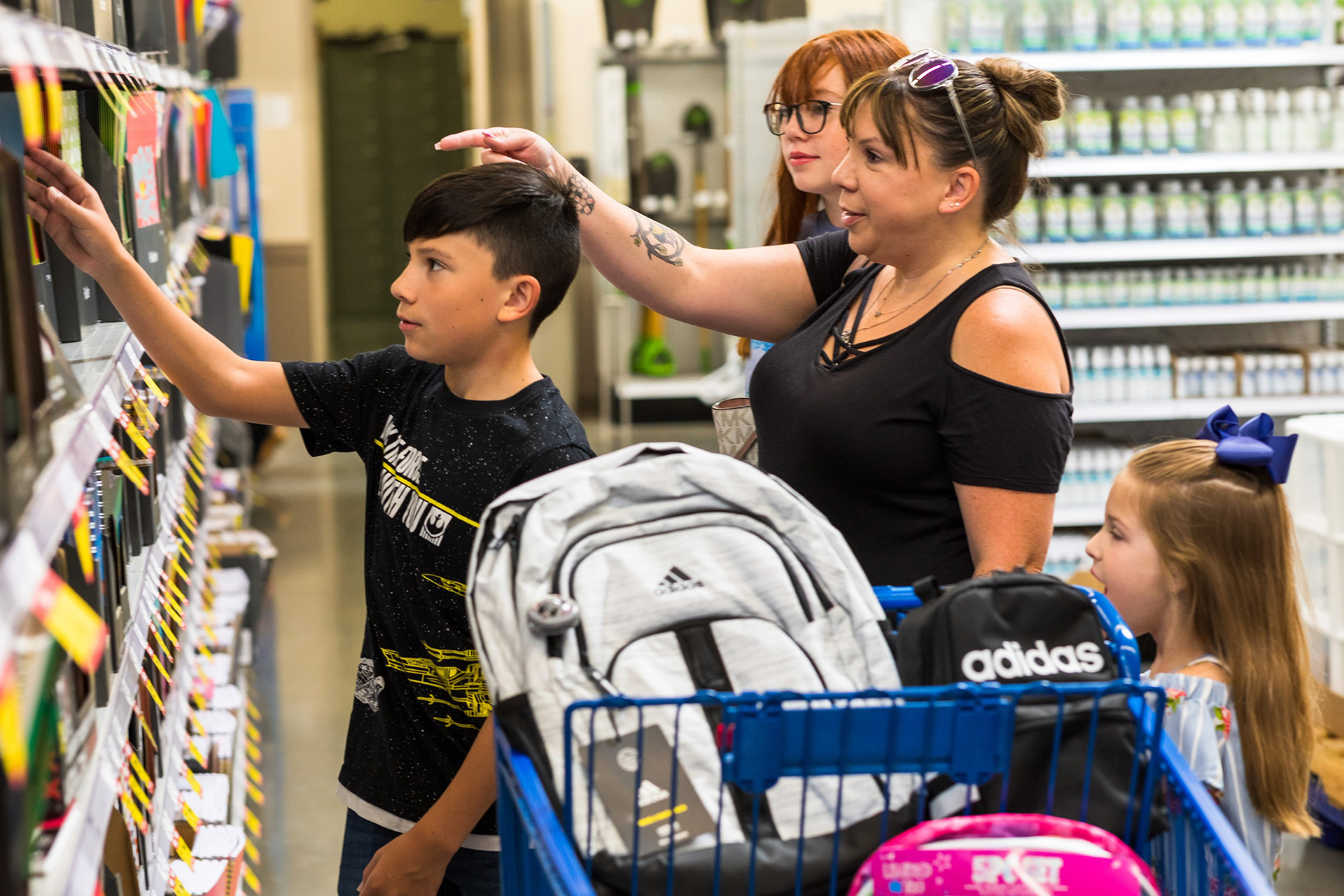According to a 2023 Sensormatic Solutions survey, consumers in the United States will continue to prioritize in-store shopping as they prepare for the coming school year, with 79% of consumers planning to conduct their back-to-school shopping at brick-and-mortar locations, up from 76% in 2022 and 2021.
In-store promotions could influence a significant proportion of shoppers, as 30% said they would factor available deals into purchase decisions versus 24% in 2022 and 16% in 2021.
When asked when they would most likely conduct their back-to-school shopping, consumers were almost equally split between weekdays, at 35%, and weekends, at 32%, Sensormatic noted, with 33% expressing no preference. The survey indicated that the back-to-school season’s busiest days are likely to occur between July 30 and August 26, with some regional variation.
Finances aside, security issues may influence shopper back-to-school behavior, Sensormatic noted. Half of the survey respondents said they’ve noticed items locked up or behind glass in display cases during recent shopping experiences, and 51% said they would be unlikely to ask for assistance unlocking the item. Then 27% said that when faced with a locked item, they would look for a more accessible alternative, 17% said they would feel frustrated about the item’s inaccessibility and forgo the purchase, and 7% asserted that they would look for a different store that has the product provided in a more accessible manner. Overall, two in five shoppers said they are unlikely to purchase a product that is locked up or kept behind glass in a display case.





